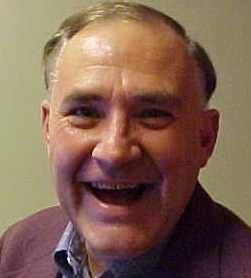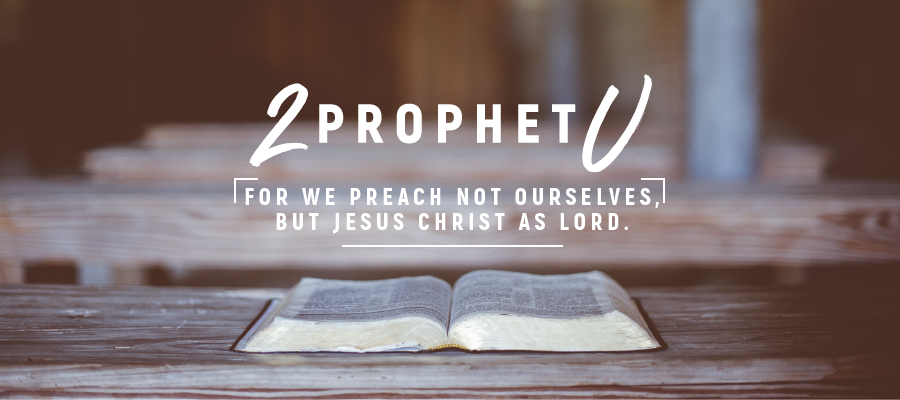Climb Up Sunshine Mountain
Climb climb up Sunshine Mountain, faces all aglow.
Why does the writer of this passage choose the term climb? Most likely it is the author’s view of the Christian life that has influenced the choice. This writer’s view of the Christian life is progressive — that it is moving upward and is best represented by a climb. In other places it is represented as a walk, a race, or a boxing match. Here the term climb appears, not once, but twice. It was a common Hebrew literary device to repeat a word for emphasis, as if driving a truth deeper with the second blow. The writer wants to hammer home the idea that the Christian climb is not a matter of a single initial step up, but of continual climbing (literally keep on climbing in the original) The Christian climb requires persistence — climb, climb, keep on climbing. We are to gain spiritual altitude, to rise higher, gradually and progressively. Christian living denotes forward movement. It is not a position or place on the mountain, but a journey — a climb.
Next the writer indicates the direction of our climb — up. There is a Johannine tinge here, as the writer pictures our journey ever upward toward Christ. One can almost finish the sentence with seeing Christ face to face, and thus becoming like him. But the words are probably not from the pen of St. John, but evidently another unknown writer. Climb, climb up. Of course, the ancients had a different view of the cosmos than a modern reader. They saw the heavens above them as a sort of layered cake, with goodness, God and heaven at the top. Beneath their feet lay Sheol, Hades, or evil. Thus climbing up was the right way to go. Evil was down, good was up. Whatever your view of the cosmos, Christians are to be moving toward God, in the ancient context that is upward.
Next, the writer actually identifies the mountain we are to be climbing. We are to Climb Climb up Sunshine Mountain. There is considerable disagreement among scholars over the interpretation here. Smyth and other British scholars argue that sunshine mountain is a variant spelling — that the original text was probably spelled SON-shine mountain, thus representing our climb upward in Christ, gaining new heights in the Son. To them it is the metaphorical mountain of Christ-likeness we are to climb. However, many American scholars prefer the view that the writer is speaking of the Christian life itself as the mountain, and the ascending path is our daily Pilgrim walk in the light of the sun toward the celestial city. A more recent theory offered by Hartman proposes that this saying is much older than previously thought, and it is not Christian in origin, but Jewish. Hartman has made a creative argument that the sunshine mountain was an ancient Jewish code name for Mount Moriah, the site of Solomon’s temple, and that what we have here is a lost Psalm of ascent the Jewish people used circa. 170 BC during the persecution by Antiochus IV. Finally, Gustav Kohlerberg leads a minority group of German scholars who have put forth the theory that the real interpretation here is not Sunshine Mountain, but Mountain-of-sunshine and that this saying actually comes from an anti-Christian ditty making fun of the Christian walk. This reminds the unconverted that the Christian way was ethereal, leading nowhere, and totally imaginary — like climbing a Mountain-of-sunshine.
Moving on to the next phrase there is more agreement. During the climb up sunshine mountain, something happens to our faces — they all become aglow. Note that the writer has just introduced for the first time the plural tense — faces. Now we capture a glimpse of his ecclesiology. There is more than one face involved in this climb up sunshine mountain. There are many faces. The climb is to be done corporately. Spiritual growth is not a solo assent up the mountain of godliness, but we are climb with the church — as a collection of faces.
But how do these faces appear? They are aglow. What does the writer mean? Some believe he was suggesting the glow of perspiration. That climbing up sunshine mountain is hard work, and we should expect to sweat as we climb. Christian growth is synergistic — God works in us, but we also must work too, even to the point of sweating as our Master did in the garden. God has provided a path to spiritual heights, but we are to do the walking, and the sweating. When the sunshine reflects off our perspiring faces, they become aglow.
However there is an alternative view here. Taylor has argued that the glowing faces have nothing to do with sweat at all; rather it is a reference to the radiance that emanates from spiritually progressing people. To Hubble and his followers, the writer has telescoped two stories — the glowing face of Moses returning from the mountain of God, and the shining radiance of Jesus’ face on the mount of Transfiguration into a picture of our own climb in the Christian journey. The writer is thus reminding us that we too are climbing a mountain, and if we keep moving toward Christ, there will be a glow on our faces which others will see. Perhaps the phrase allows for both interpretations — we must work out our own salvation with fear and trembling, even with sweaty faces, and our progressive spiritual growth will produce in us a radiance others can see. Climb, climb up sunshine mountain, faces all aglow.
©Keith Drury September, 2000. You are free to transmit, duplicate or distribute this article for non-profit use without permission.

Keith Drury served The Wesleyan Church headquarters in Christian Education and Youth leadership for 24 years before becoming a professor of religion at Indiana Wesleyan University. He is the author of more than a dozen books of practical spirituality, including Holiness for Ordinary People, Common Ground and Ageless Faith. Keith Drury wrote the Tuesday Column for 17 years (1995-2012), and many articles can be found on his blog “Drury Writing.”
Keith Drury retired from full time teaching in 2012. Keith is married to Sharon and has two adult sons and several grandchildren. He is retired in Florida with Sharon and enjoys cycling.
 Warren Wiersbe Podcast
Warren Wiersbe Podcast
- An error has occurred, which probably means the feed is down. Try again later.
 Sherwood Baptist Podcast
Sherwood Baptist Podcast
- An error has occurred, which probably means the feed is down. Try again later.
